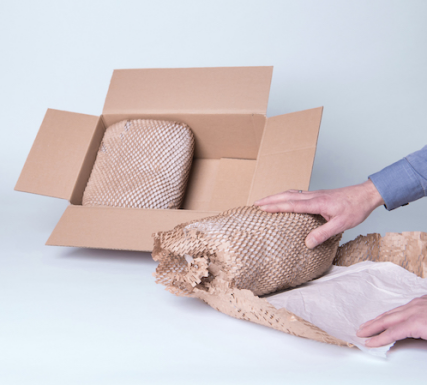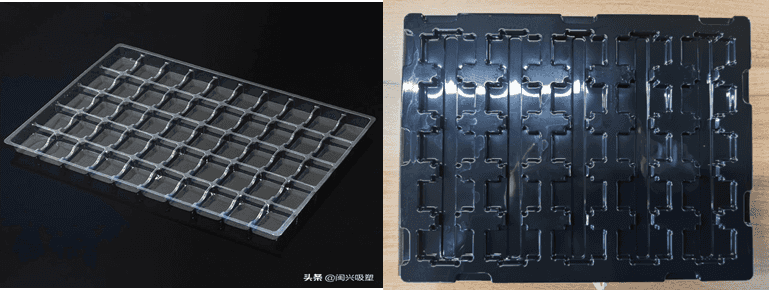As IoT expands into new industries, selecting the correct packaging materials becomes increasingly important. In this blog, we will look at the finest materials for IoT device packaging, emphasizing safety, functionality, and sustainability.
1. Safety
When it comes to IoT device packaging, safety should always comes first. The packaging material should provide adequate protection against physical damage, environmental factors, and electromagnetic interference. Here are some well-known materials used for protecting IoT devices:
- Anti-Static Packaging:
Anti-static materials such as conductive foam, conductive bags, and antistatic bubble wrap are routinely used to protect sensitive electronic components from electrostatic discharge (ESD). These materials prevent static electricity buildup and protect IoT devices from damage.
- Shock-Absorbing Materials:
IoT devices often encounter rough handling during shipping and distribution. Materials like expanded polystyrene (EPS) foam, air cushions, and corrugated cardboard inserts provide great shock absorption, cushioning the devices from impacts and lowering the chance of damage.

One of the most popular shock-absorbing materials nowadays is honeycomb paper. The paper, when pulled, creates a 3D honeycomb-like structure which provides the product cushion for less weight and price in comparison to the other alternatives.
2. Function
IoT devices exist in a variety of shapes, sizes, and forms, with each having its own set of functional needs. Materials for packaging should be chosen to improve device functionality and user experience. Some of the key alternatives are:
- Custom-Molded Packaging:
Materials such as thermoformed plastics or inserts can be precisely customized to fit the shape of the IoT device, ensuring a secure fit and maximum protection. These materials also make it possible to easily access ports, buttons, and interfaces, reducing the need to remove devices from packaging during testing or setup,
Some of the known examples of custom-molded packaging is the EVA Foam Slot and plastic Blister Trays.

- Conductive Materials:
Using conductive materials for packaging in devices that rely on wireless communication can improve signal strength and reception. Conductive foams or films can help to reduce electromagnetic interference, ensuring that IoT devices work optimally.
3. Sustainability and Environmental
As the world embraces sustainability practices, IoT device packaging should adhere to eco-friendly concepts. Choosing ecologically friendly materials can help to reduce waste, reduce carbon footprint, and promote recycling.
You can implement more recyclable, biodegradable, or reusable materials for your product packaging.
Learn more about the design, types, and materials for your packaging from: https://knowledgebase.nexpcb.com/articles/packaging-design/
Choosing the correct packing materials is critical in the fast-evolving IoT ecosystem to assure the safety, functionality, and sustainability of IoT devices.
Manufacturers can deliver IoT devices that meet consumer expectations while minimizing environmental impact by prioritizing safety with anti-static and shock-absorbing materials, enhancing functionality with custom-molded and conductive materials, and embracing sustainable practices with recyclable and bio-based materials.
Packaging materials will continue to adapt as the IoT ecosystem expands, driven by a joint effort to create a safer, smarter, and more sustainable future.
.png?width=1920&height=1080&name=Development%20(4).png)
.png?width=1920&height=1080&name=Development%20(4).png)